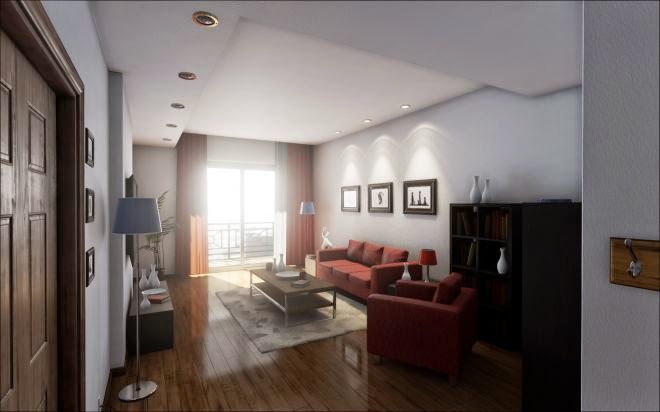 |
| Not SL 2.0, but Unreal Engine 4, this is a possibility in SL 2.0 |
These are just my opinions why I think SL 2.0, the new platform that Linden Labs are developing to supercede Second Life could be extremely successful, based on how and why the existing platform continues to be popular. I've tried to keep the language as layman as possible so anyone can understand - please let me by private message know if some terms are too technical, and I'll try to simplify it.
The screenshot I have posted above is not from the upcoming platform, but a game engine called Unreal Engine 4 - As you can see it looks very realistic, with very accurately produced shadows, lighting and reflections - none of which are baked textures and are controlled in real-time, which means that the lighting can be adjusted and changed on the fly to one's preference. Doesn't it look awesome? You just need to take one look at a Second Life Flickr group to see that REALISM SELLS; the most popular items by SL creators look as real as you can with the current technology - It is what SL consumers want, and it is what keeps the SL economy alive and the talented mesh creators in business. The majority of users are buying things that exist or could exist in real life, you have to admit that realism is sexy and mesmerizing - the love affair for the illusion of reality is what people love about Second Life, and with more companies investing in virtual reality headset development, this is a love affair that will continue outside and beyond Second Life.
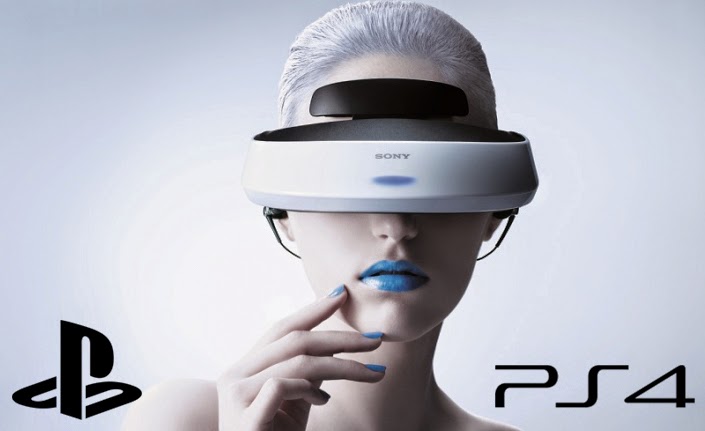 |
| Large companies are catching onto VR. The path is set. |
Now you might be thinking that it would take a long time to populate a new virtual world with all the detailed realistic objects that you see in SL 1.0 - not true. As someone who works with mesh, and is part of the game modding community, I can tell you that creating realistic objects in Second Life is much harder than in modern games because you're working with a very outdated game rendering engine, so a lot of the texturing is compensating for effects lacking in Second Life - The most obvious one is reflections - SL doesn't have reflections, so most creators fake the reflections by baking or painting them into the diffuse texture of the object - While it works when you're standing still, as soon as you start moving, then the illusion is broken: in real life, the reflection changes dynamically as you move around an object. While reflections might not be on the list of priorities for everyone, the most outdated part of SL, is the fact that at any one time, the maximum of only six light sources can be visible - this is severely limiting, as many modern game engines can have unlimited light sources active with very little load on the graphics card. This is the reason why the nicest SL interior photos you see are taken using mainly daylight, SL interiors do not look good at night settings unless the lighting has been baked, but even then, night interiors look very far from real compared to the day-time shots. Baked lighting and reflections do not 'reflect' (for want of a better word) the changing surroundings, especially the changes from daytime to night-time. All this baking to compensate for the lack of features in SL's rendering means that it takes LONGER for creators to create items.
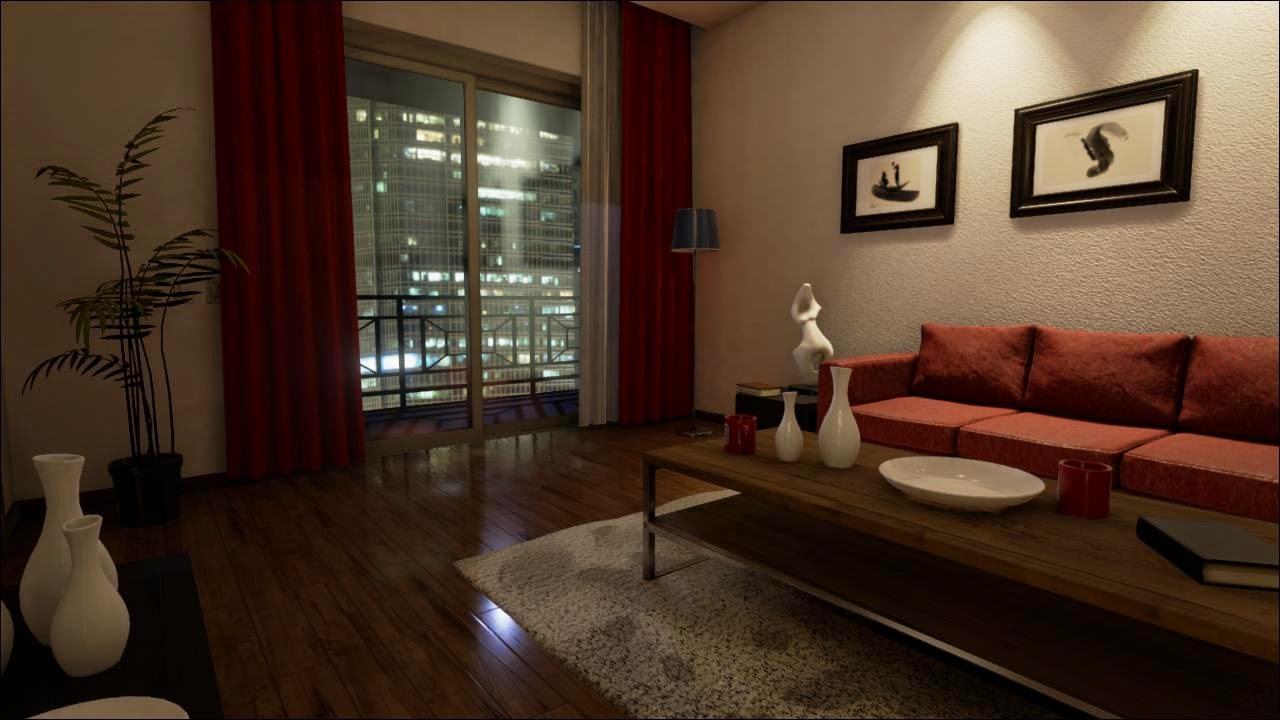 |
| The daytime scene adjusts perfectly to night-time. |
If you don't think that the game engine can make a big difference to the in-game objects, just take a game like Crysis, and run it at the lowest settings - The textures don't look that great do they? That's because the game engine is doing most of the work with the lighting. Not to say that it will be easier to create items, there will still be a technical need to create the materials (specular and normal maps), and for the creator to make a texture and mesh, but the work-flow could be faster. Many creators are rendering the textures in an external application - this takes time - to make them look more realistic in Second Life with the raytraced shadows and reflections... once again, these are fixed into the texture, if you move around the object, or the lighting changes, the illusion is broken.
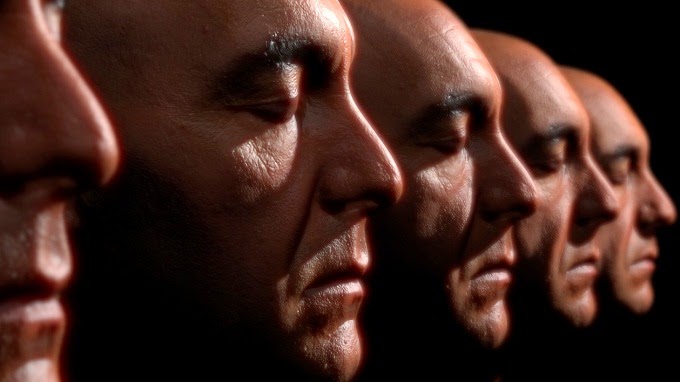 |
| Skin could look more realistic with real-time subsurface scattering. |
Next lets talk about subsurface scattering. What is it? Let's take an example like skin. Skin is not opaque, if you hold your hand up to a bright light, you'll see that light will pass through parts of your hand: your skin is translucent. Subsurface scattering is a rendering term for when light goes through the skin and then it 'bounces' (scattering) around beneath the surface (subsurface). It is what gives skin a slight glow, especially the ears when the skin is thinner. In video games, it is what makes skin look more realistic. The reason why most people in SL prefer a slightly cartoon-ier skin and less than photo-realistic skin is because a photorealistic skin doesn't look good: a skin looks realistic in SL when it has the lighting baked into the texture, which means that it only looks correct when the avatar is standing in similar lighting which the creator intended for the skin - also there is something odd about the skin, it lacks subsurface scattering which adds a type of 'warmth' to the face, without the warmth, you have something that looks very cold, and maybe a bit creepy. Everyone cares about their skin, the default avatar skin shader does not have any shine (specular), that's probably the reason why LL hasn't given the avatar mesh materials yet (it would also likely break many SL skins as they were painted with shininess in the texture). One thing that most SL users care about is their skin! That is how they represent themselves to the rest of the virtual world, people could have skins that respond better to the environment that they're standing in, it literally would allow people to see their avatars in a new light...
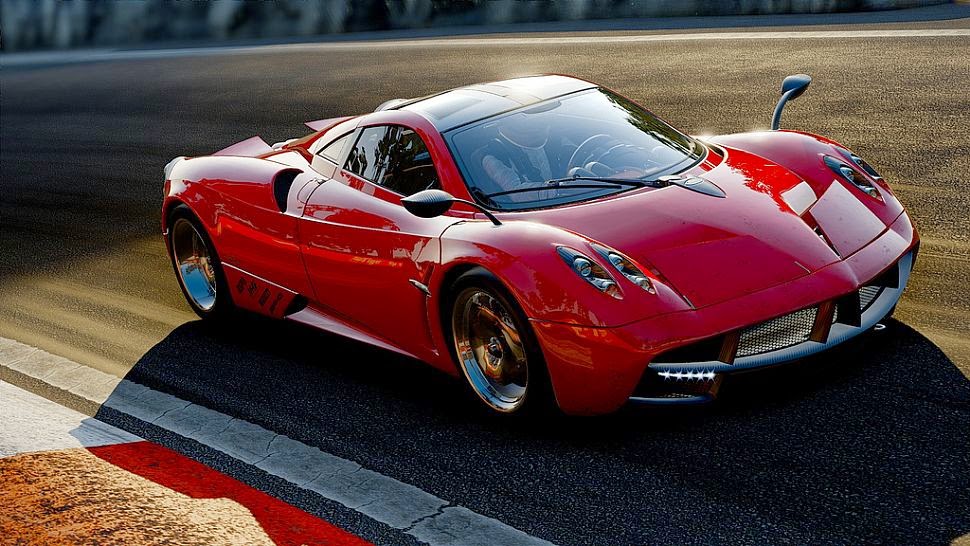 |
| Real-time screenshot from upcoming title Project Cars. Realism rules! |
So going to back to my point that EYECANDY is what sells in SL 1.0, and the same thing is going to sell SL 2.0 - if you still disagree with me, just take a look at the top selling items on SL Marketplace, or any of the most popular SL blogs, hopefully we will see much improved physics. One of the major things that people complain about in SL is that vehicles don't really work realistically, they're hard to steer and often fly off corners or into the air. Now imagine with the screenshot above, that in SL 2.0, you could have your realistic apartment with your realistic lighting, then you could go down to the street and get into your photo-realistic sportscar and drive it to the shops, and it will be as responsive as any car you have driven in the latest game titles. Right now, in SL, people fly everywhere, just because it's the fastest way to get around - could it really be possible that there is a more enjoyable way to travel in a brand new virtual world? In SL 1.0, we live for static objects, scenes look great on Flickr, movies have to be carefully edited - SL 2.0 would be a dynamic world, where everything is moving, constantly shifting.
While I can't promise that these things will happen, one can hope that Linden Labs will incorporate these new technologies into the new software so everyone can enjoy a more realistic experience. So instead of complaining about Linden Lab not putting as much time or resources into SL 1.0, let's cheer them on for SL 2.0, let's give them our support so that they can produce the best product they can. There are constant complaints about SL 1.0 issues, we can prevent similar issues from occurring in SL 2.0 if we are more active in the beginning development of the new virtual world. Let's make it known that we back Linden Labs new project, because we all want a good outcome!
Just my two cents,
Tes :)





.png)














2 comments:
Post a Comment